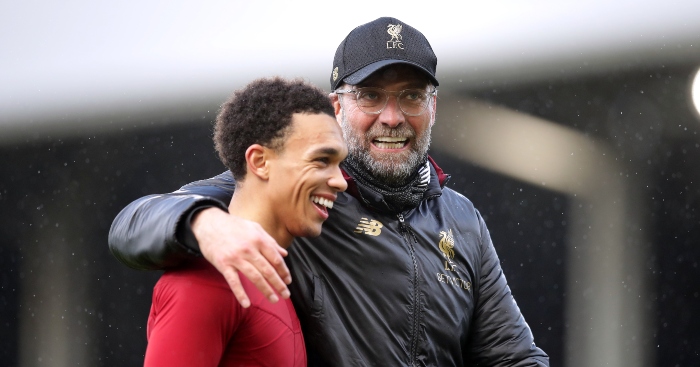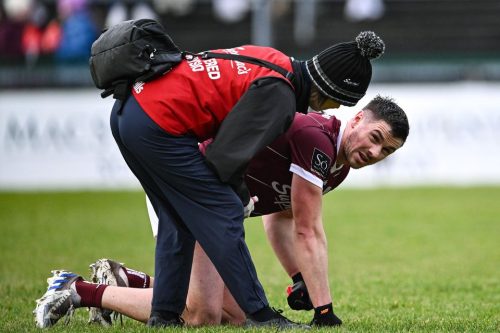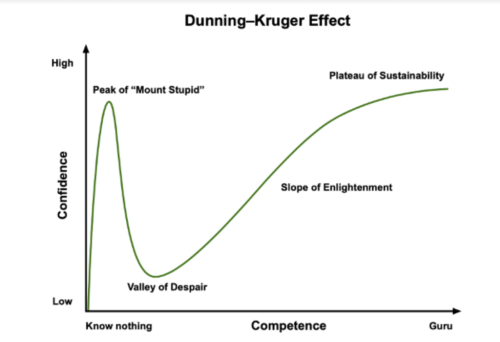
Kaizen in Everything. But Why?
“The only true test of intelligence is if you get what you want out of life.” – Naval Ravikant
Coming into a GAA environment from a rugby background is eye-opening. It is always going to provide a fresh perspective on how performance and training is approached. There are things that the GAA do better than rugby and vice versa. It provides a really valuable lens through which you view team cohesion, commitment, organisation and how training is structured. There are clear differences around how training is approached, how the coaches interact with the players and how the players interact with each other.
One thing that has stood out to me through the years is how little GAA players seem to speak to each other on the field. I often say that when I stepped on the rugby field, I wanted to be the loudest player on the field. I wanted to be so effective in my communication that I helped my teammate’s own game through effective instruction, which would in turn improve the performance of the team as a unit.
I wanted to be clear and concise in my communication, but throughout the game, there is always something that should be being spoken about if we are all to be on the same page. If there is space on the field that needs to be filled, then I need to make my teammates aware of that. If I’m approaching my teammate or encroaching on their space I need to make them aware of that. If I’m vacating space that then needs to be filled due to an opportunity elsewhere on the field, then I need to make my adjacent teammates aware of that. This leads to the collective working as one to create the space, find the space or close the space depending on who is in position.
From my experience with various GAA teams, it seems that the majority of the communication typically travels through 1-2 players on the field. Now, we’re always going to have players that are more keen to make their voices heard than others, but that’s no reason for the others not to talk to each other. It seems to me that in some ways and with some teams, gaelic football and hurling are team-sports which players can attempt to play individually. And from watching the cohesion of All-Ireland winning teams in recent years, such as Limerick, Dublin, Tyrone and Kerry, we all know that the better organised team has a better chance of winning the game. Effective communication leads to better organisation and better organisation leads to more effective execution of the gameplan.

For this reason, I was pretty shocked to discover that most GAA teams will not have a complete terminology document or attempt to establish a common language about what they’re doing on the field. Sure, they’ll have calls for different actions on the field, but all of these calls will be verbally shared and not ever written down on paper. Now, I have spoken to some athletes that have said when it comes to Championship football, the calls, kickout plays, gameplan and goals will be written down in some format. Be that in a document, in a Whatsapp group or some sort of dossier. But the question I’d ask in relation to that is, “If you’re planning on doing it for Championship, why would you not implement it earlier in the season than Championship?”
We all know that during league and cup campaigns we are typically building towards the ultimate goal of going all the way in the county championship. And we are implementing and working on new aspects of the gameplan, whilst adding strings to our bow in relation to our physical and psychological performance. So, if in football and hurling we are consistently trying to stick to the process and treat every game the same, then why are we choosing to only start talking about how we communicate with each other before the finale of the season? Why don’t we attempt to become as clear and coherent as we can possibly be early on, so that it becomes a habit when we reach the business end of the season?
Something that all of the most effective rugby teams that I’ve been a part of have had in the past, is a document containing all of the various calls, terms, shapes and gameplans that the members of the team need to know in order to succeed. Often we may run into problems in games when players are unsure of calls, terms, shapes and gameplans. So, by putting it all on paper we are leaving no space for common excuses such as “Oh, I wasn’t sure what you meant by that”, “Oh I wasn’t at training the night we worked on that” and “Oh, I don’t usually play in this position so I didn’t know what you wanted me to do”.
Now, to some, this may sound excessive, but it’s really not that complicated. If we break down our Attack, Defence, Transition, Kickouts and other set plays, then we’ll know that there’s only really 5-15 key words under each heading that every player on the team needs to be clear on. So, then all we’re talking about is a document that’s about 2-4 A4 pages thick. Sure, you’ll have some players that learn better by doing and by speaking than by reading, but by putting everything down on paper, you’re doing a better job of catering for all of the different learning styles within the group.
If players ever run into trouble with a certain play or call, then they can reflect back on the document, or the document can be edited and added to throughout the season. We build on it, the same way as we build on our gameplan, or physical and our psychological performance across the season.
This past weekend, I had the privilege of being present at the Sportsmith Speed Seminar in Leeds. I was lucky enough to hear from elite-level coaches in the NFL, Premier League, International Rugby & International Athletics. What stood out to me however, was not only the intricacies around physical training for speed development, but also how much time was spent going over how important it is to establish a common language around how you’re coaching and the meanings of what you and your co-workers and athletes talk about.
Different words have different meanings for different people. So, we can’t just expect that someone knows what we’re talking about when we give them instruction. We need to make sure that they are able to understand what we want them to do, what we are looking for and then we need to hammer home that same communication every day that we’re at training. Head coaches, performance coaches, speed coaches, S&C coaches and players must all be on the same page if we are to have the best chance of improving performance and reaching our ultimate goal. Therefore, it makes sense that we speak about how we are going to communicate, rather than just showing up on gameday and hoping for the best.
So, it may not be for everyone, but I think it’s worth a shot. If we want to be effective communicators on the field, we can’t just worry about ourselves. We need to think about how we are delivering our message, how it is being received and how it is going to help us to win. Establishing a common language may help us to do just that.

“The only true test of intelligence is if you get what you want out of life.” – Naval Ravikant

So, we can see that when it comes to our training, a certain volume of work when paired with adequate recovery is positive for our development, but if that same intensity of work is mismanaged and spiked, then the same exercise intensity can be toxic to the athlete.

Unfortunately, it takes a fall from the peak of mount stupid, on top of the Dunning-Kruger curve, for many of these lessons to land home.
Here to help you achieve your health and performance goals.
At Petey Performance, I’ll assist you every step of the way. What’s stopping you?
Take ownership today.
© 2021 All Rights Reserved
Subscribe to Petey Performance and get updates on new posts plus more exlusive content.